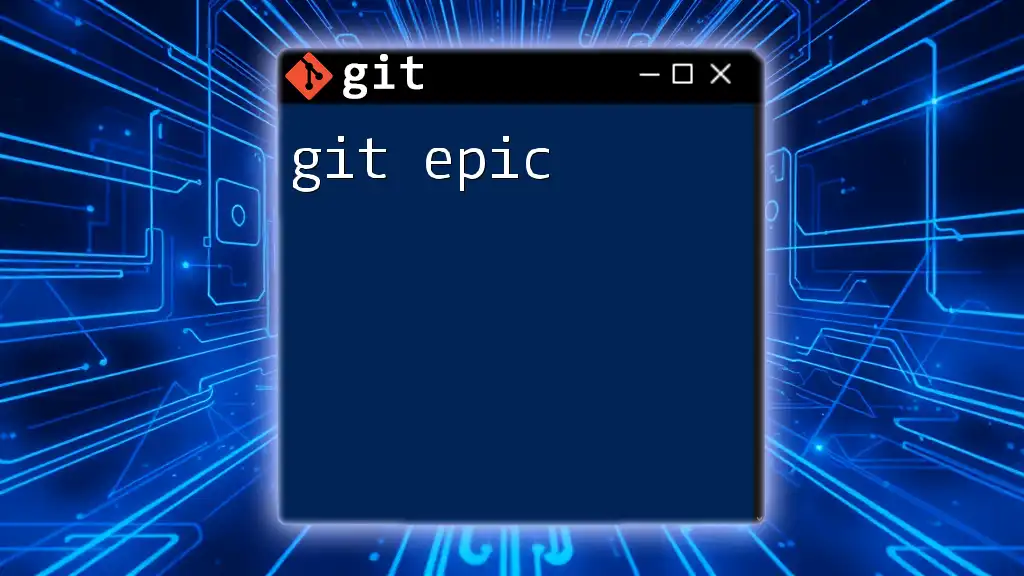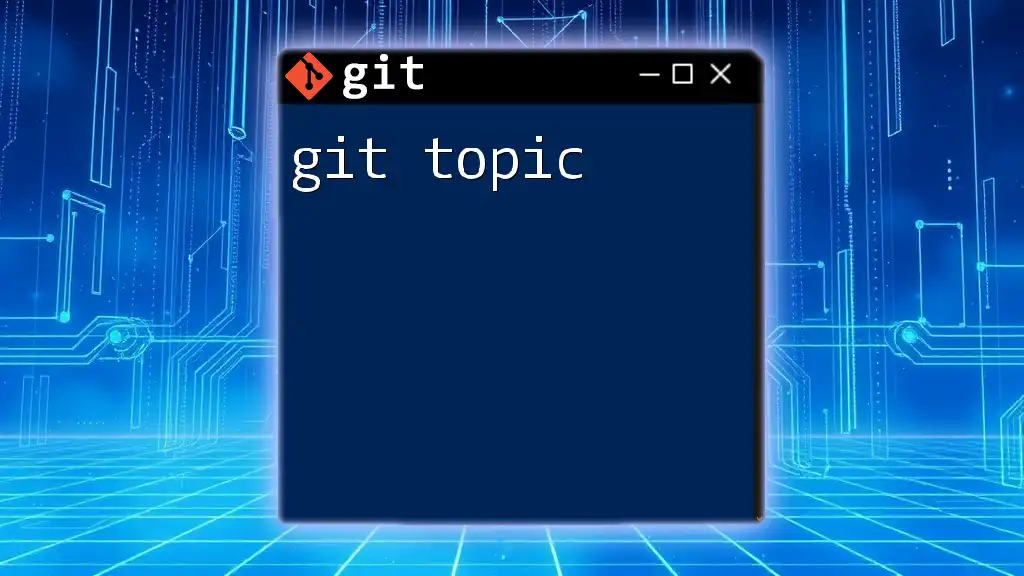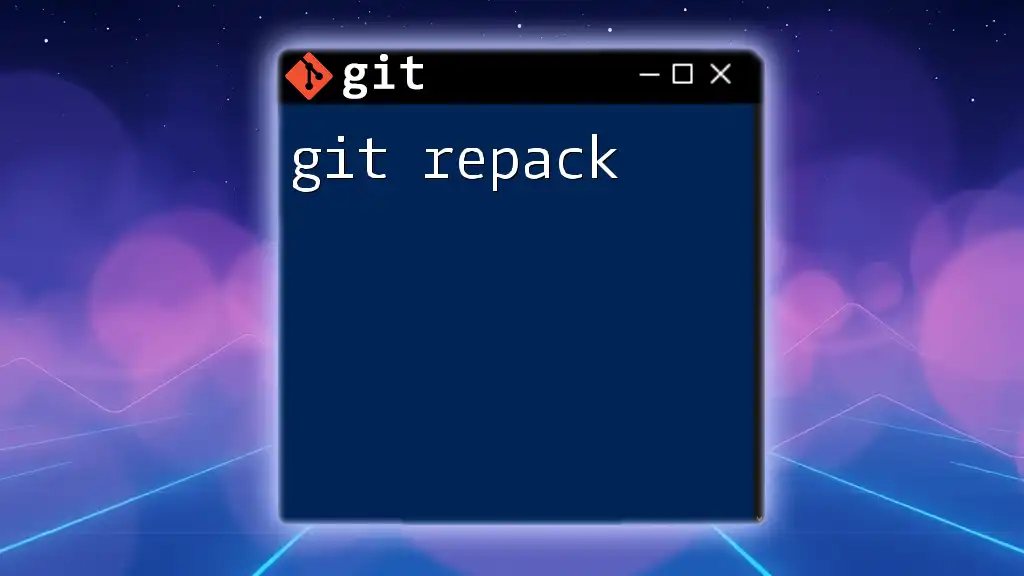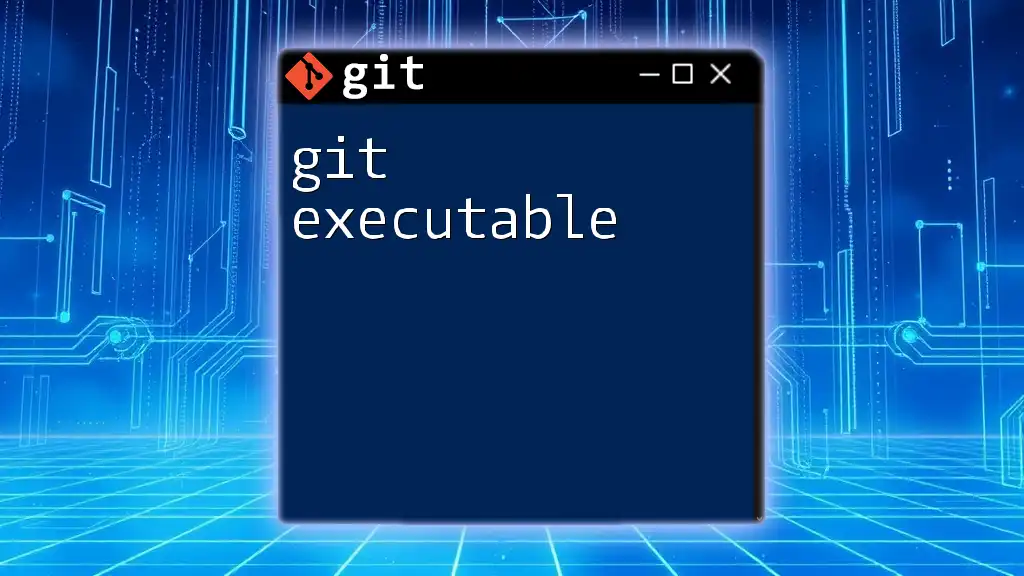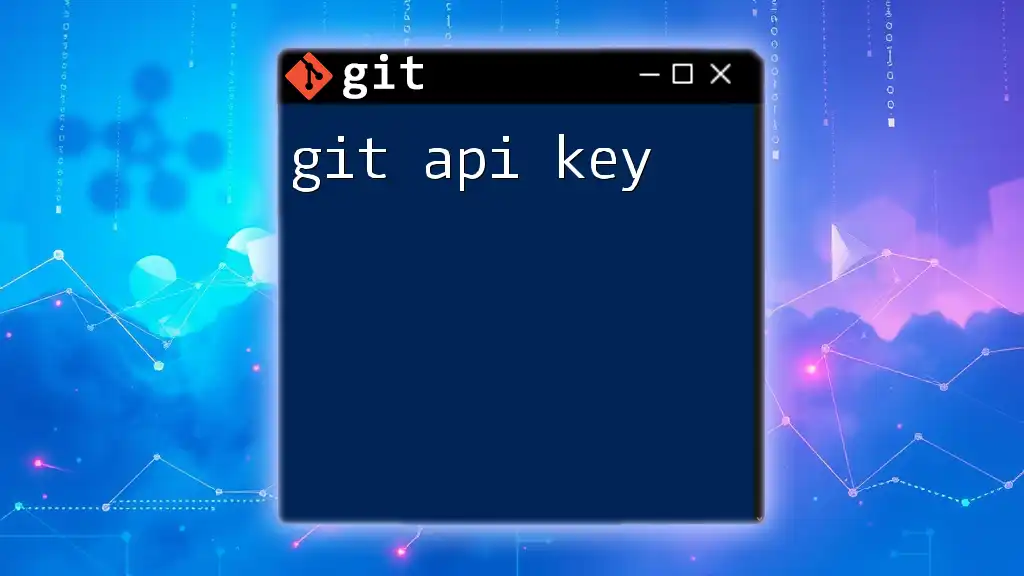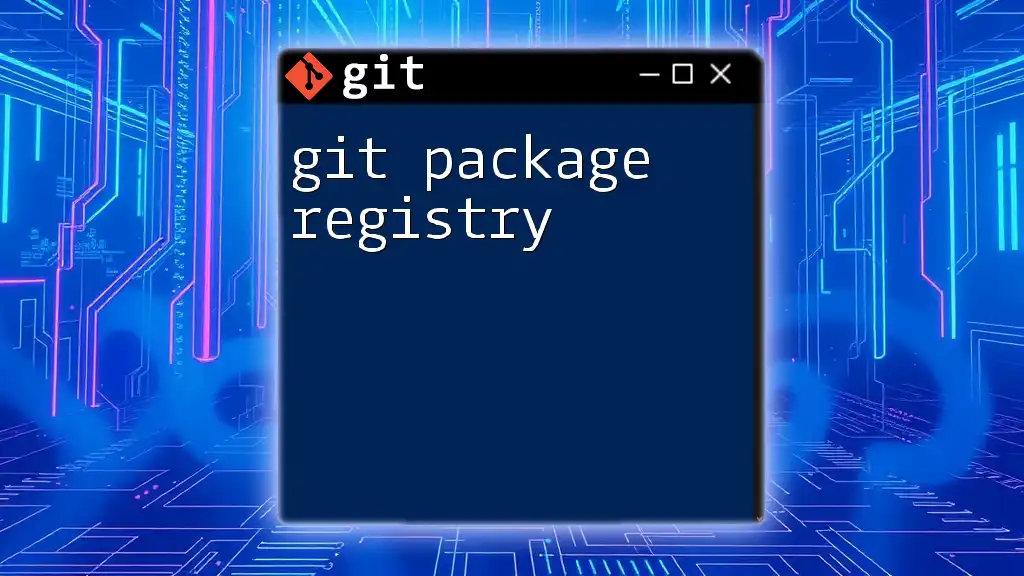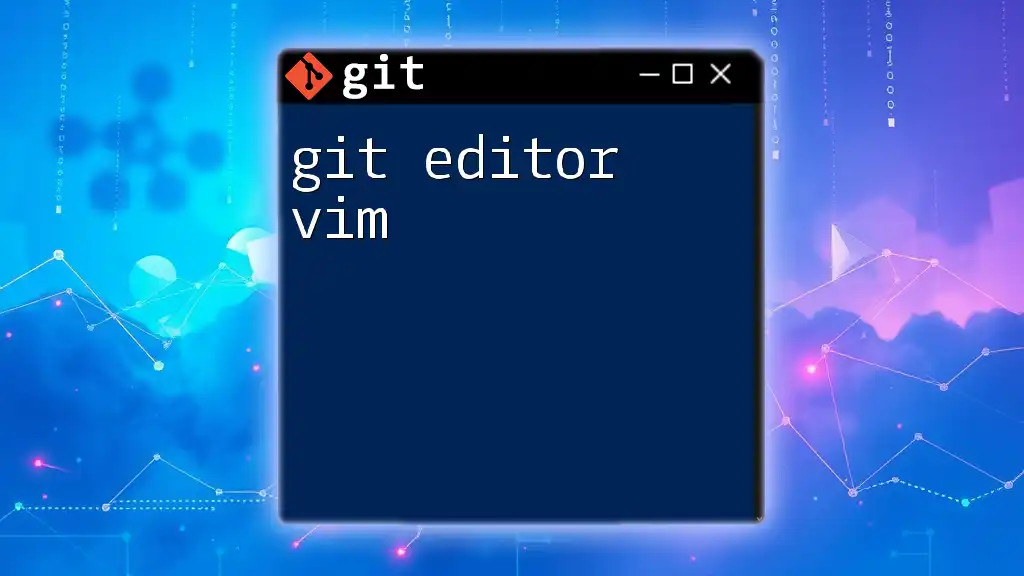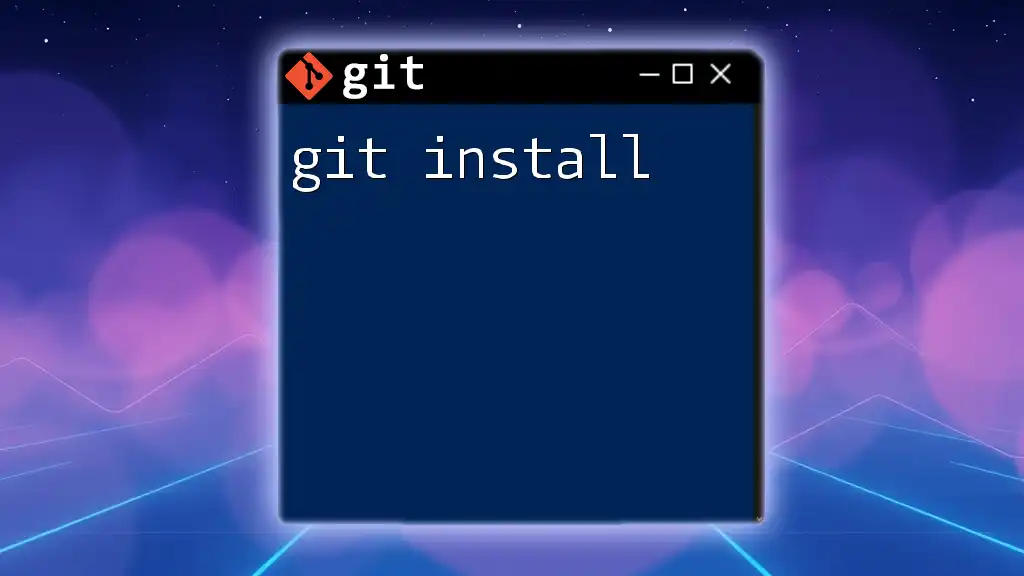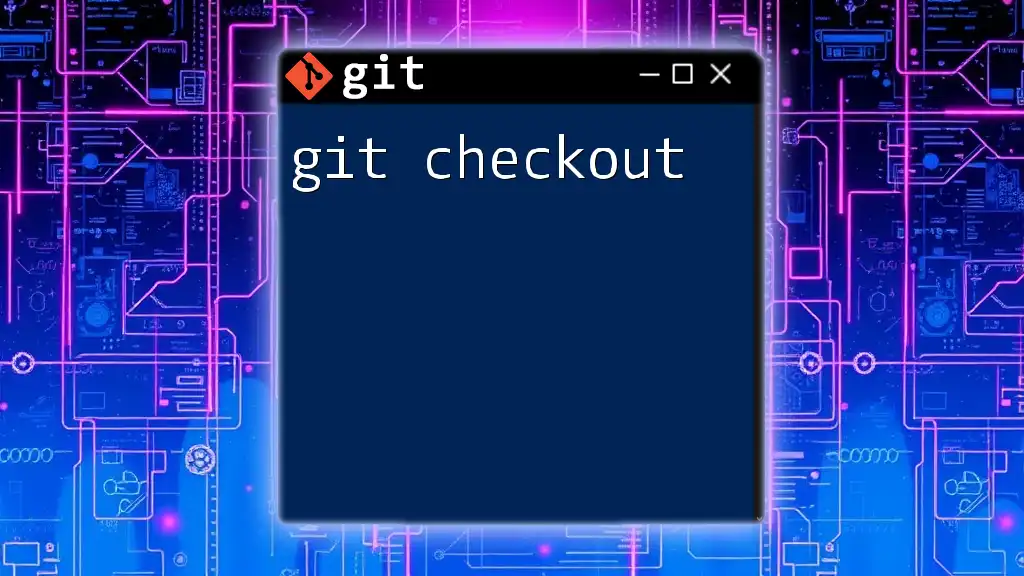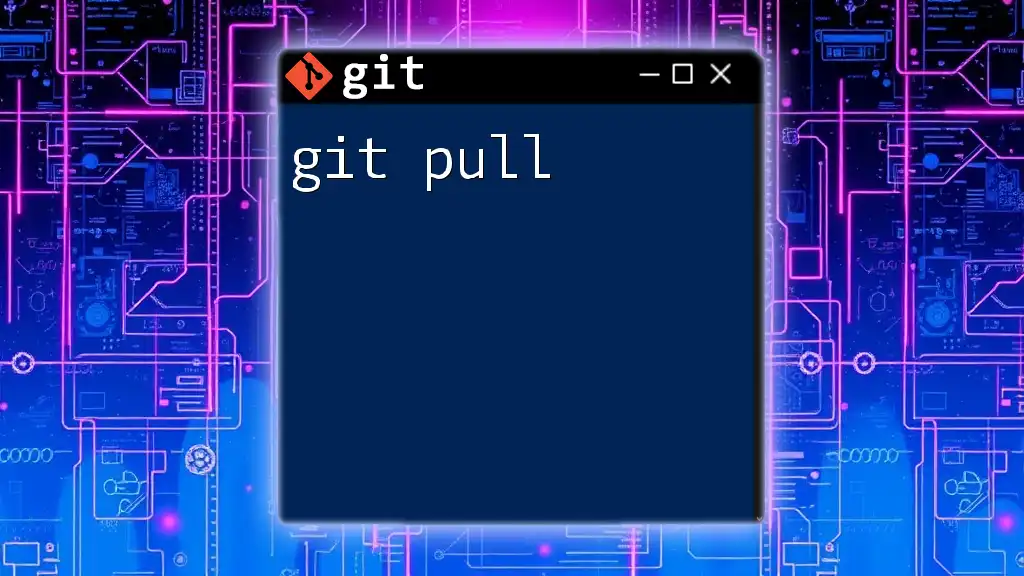In Git, the `epic` command is not a standard command but is often used in combination with task management tools to indicate significant milestones or features in a project, typically integrated with Git workflows for keeping track of broader objectives.
Here's an example of how you might create a new branch related to an epic feature:
git checkout -b feature/epic-name
What is `git epic`?
In the landscape of modern software development, `git epic` represents a strategic approach to managing large features or projects. Within the realm of Agile and DevOps methodologies, an epic serves as a high-level summary that captures a significant piece of work. This encapsulation allows teams to break down important deliverables into manageable features.
Understanding the Concept of `git epic`
A git epic is specifically tailored for organizing your work around substantial goals. It helps teams focus on high-priority areas and enhances collaboration by providing a clear structure. A well-defined epic can bridge the gap between planning and execution, ensuring that everyone involved understands the broader objectives.
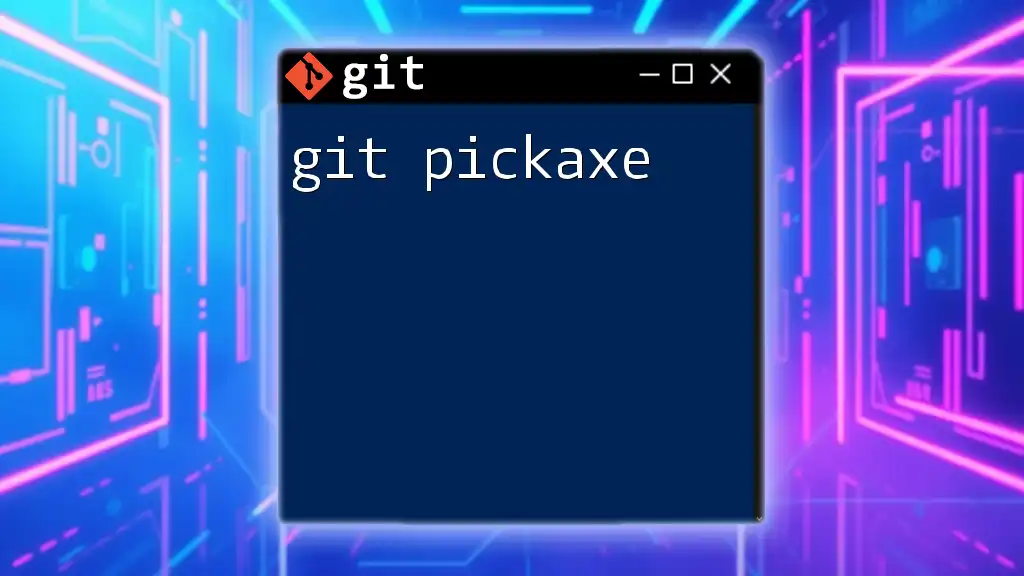
Setting up `git epic`
Prerequisites
Before diving in, ensure you have Git installed on your machine. You can find easy-to-follow instructions on various platforms. Familiarize yourself with the necessary permissions and repository setups, as these play a critical role in collaborative environments.
Creating Your First Epic
To start your first epic, you'll want to create a dedicated branch that clearly represents your purpose. Use the following command to get started:
git checkout -b epic/feature-name
Here, you should replace feature-name with a meaningful title that reflects the scope of your work. Using a consistent naming convention helps maintain clarity as your project evolves.

Managing Epics with Git
Adding Features (Stories) to Your Epic
Within an epic, you'll often find multiple features, sometimes referred to as user stories. These encapsulate smaller, more achievable goals that contribute to the larger narrative of the epic. To create a feature branch under your epic, you can use this command:
git checkout -b feature/feature-name
Make sure you choose descriptive names for your features, as this will enhance your team's ability to track progress.
Committing Changes
As you develop your features, you'll be making frequent commits. It’s crucial to adhere to best practices for writing commit messages, as these provide context for your changes in the future. Here’s an ideal way to structure a commit message:
git commit -m "Add initial structure for feature"
Using this format ensures that your changes are easily understandable, which is vital for maintaining a clean project history.
Merging Features Back to Epic
Once your feature is complete, you'll need to integrate it back into your epic branch. To do this, first switch to your epic branch and then merge the feature branch using:
git checkout epic/feature-name
git merge feature/feature-name
This approach ensures that your epic remains up-to-date with the latest developments. However, be prepared to handle merge conflicts, which can arise if changes from different branches overlap. Effective conflict resolution is key to maintaining stability within your codebase.
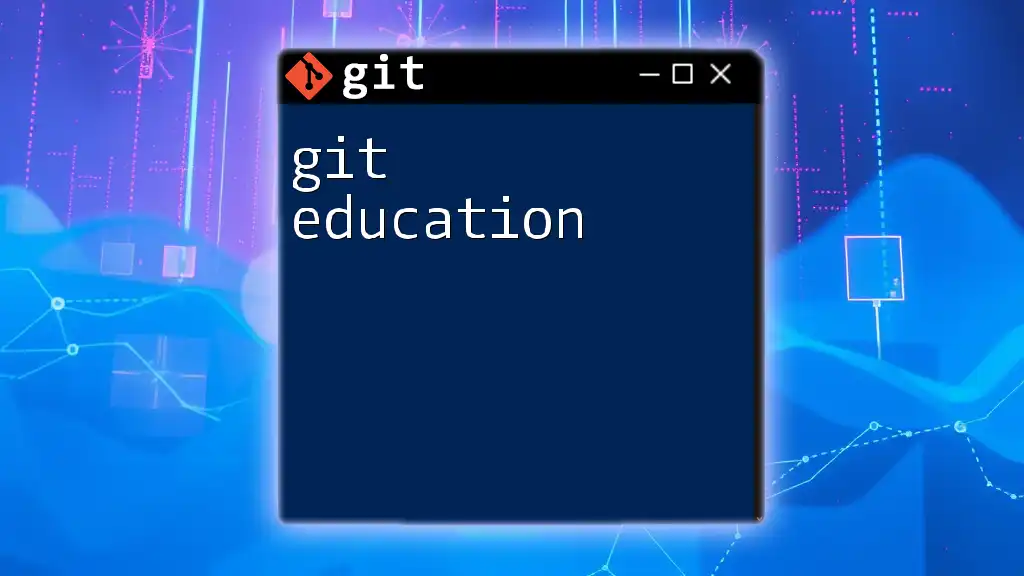
Workflow Strategies
Remote Collaboration
In a collaborative environment, pushing your epic and feature branches to a remote repository is essential. Use the following command:
git push origin epic/feature-name
By pushing your changes, team members can access your work, provide feedback, and collaborate more effectively. To facilitate this process, utilize Pull Requests (PRs) as a mechanism for merging code and fostering discussions about changes.
Reviewing and Closing Epics
Conducting code reviews is a pivotal aspect of maintaining high code quality. Always strive for constructive feedback and ensure that the integration of features into your epic aligns with project goals.
When an epic is complete, you may want to proceed with closing it. First, merge your epic into the main branch:
git checkout main
git merge epic/feature-name
Following this, you can delete feature branches that are no longer necessary, promoting a tidy repository structure.

Best Practices for Using Git Epics
Naming Conventions
Maintaining clear and consistent naming conventions for your branches is a must. Doing so not only adds clarity but also aids in project maintenance and tracking.
Documentation
Clear documentation of changes made within an epic is vital. Utilize Git's built-in tools, like `git log`, to maintain a rich history of your project. This practice allows team members to understand the evolution of the project and provides a reference for future work.
Integrating with Issue Trackers
To maximize productivity, integrate your Git operations with issue tracking systems like Jira or Trello. An intuitive way to link a Git commit to an issue is by referencing the issue number in your commit message:
git commit -m "Fixes #123 - Update login validation"
This approach enhances traceability, allowing you to see the relationship between code changes and project goals.

Advanced Techniques
Tagging Epics for Releases
Tagging is a useful technique for marking specific milestones in your project timeline. Use the following command to create a tag:
git tag -a v1.0 -m "Release of epic feature set"
This strategy allows all team members to reference particular releases effortlessly, providing clarity about what features were included.
Squash and Merge Strategies
When merging multiple feature branches back into an epic, consider using the squash merge option. This strategy results in a cleaner project history by combining all changes into a single commit:
git merge --squash feature/feature-name
Employing this technique simplifies the history while preserving the necessary context.
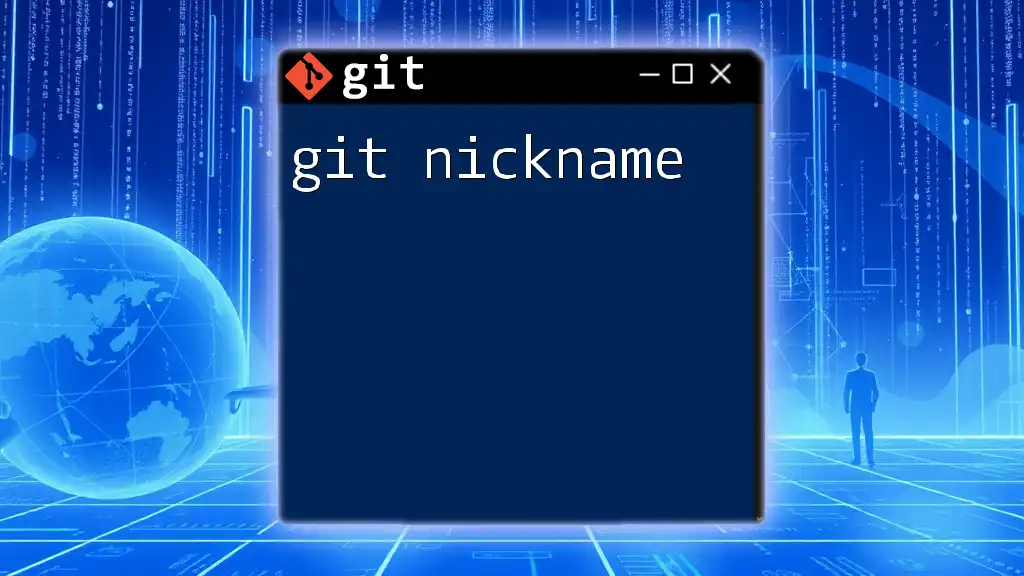
Common Problems and Solutions
Handling Merge Conflicts
Merge conflicts are an inevitable part of collaborative software development. Approach conflicts with patience, taking the time to understand the changes made in each branch. Tools like visual diff editors can simplify conflict resolution significantly.
Forgotten Commits
On occasion, you may find yourself needing to undo or revert changes. One handy command for undoing the last commit without losing changes is:
git reset HEAD~1
This command will revert your last commit, giving you the flexibility to refine your changes before pushing them further.
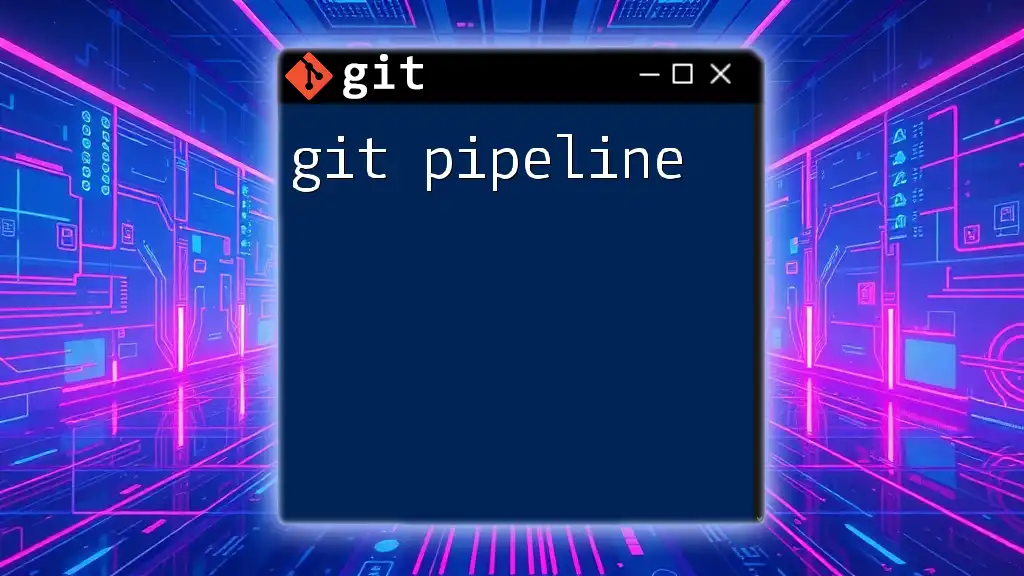
Conclusion
To summarize, `git epic` is a powerful concept that combines the robust capabilities of Git with the strategic approach of project management. By effectively managing epics, teams can enhance collaboration, maintain focus on high-level goals, and ensure that each step of the project is executed with precision.
As you move forward, take the time to practice creating and managing your own epics. With experience, you can refine your workflow and maximize the efficacy of your development efforts. Happy coding!

